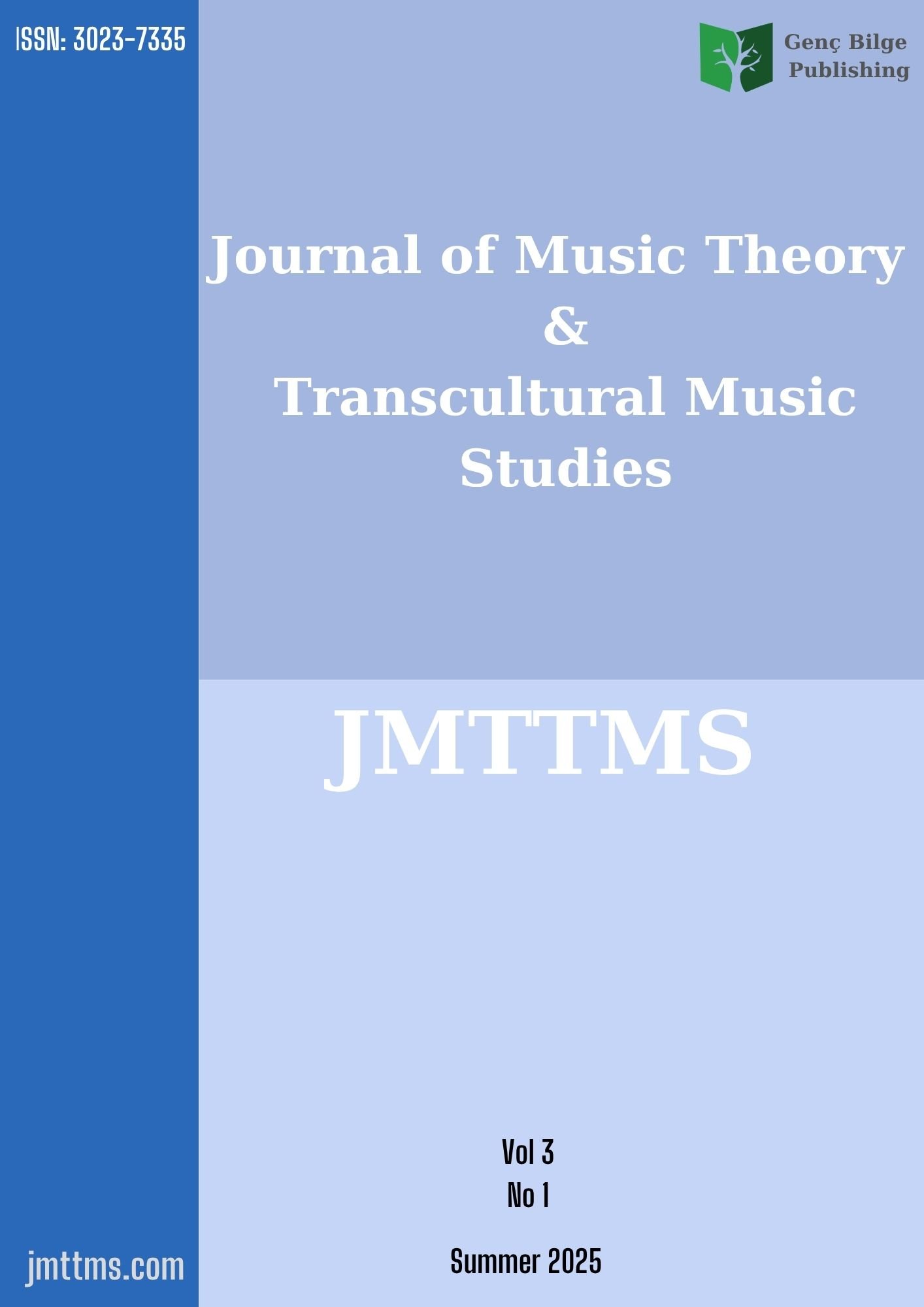The Last Viennese Classicist?Reflections on the Aesthetic Views of Carl Czerny Through a Comparative Review of the Aesthetic-Biographical Sources and Analysis of Impromptu or Variations on a Theme from “Oberon“, Op. 134 for Piano
Keywords:
Carl Czerny, Classicism, Pianism, Ludwig van Beethoven, Franz LisztAbstract
This paper examines the stylistic positioning of the composer Carl Czerny (1791–1857) using biographical and aesthetic literature, combined with a case-study analysis of his piano work Impromptu or Variations on a Theme from “Oberon”, Op. 134. Common assumptions about Carl Czerny frame him as Beethoven’s most prominent student and follower, a leading piano pedagogue, and the author of a vast number of technically demanding compositions, most notably within the genre of piano études. However, Czerny’s stylistic categorization poses a particular challenge for musicologists and theorists. This was the era of “perseverance and persistence” in Metternich’s Vienna—a time when the Habsburg monarchy was kept on artificial life support by conservative politicians striving to ensure its survival in the aftermath of the French Revolution and the Napoleonic Wars, which had, in a historical-aesthetic sense, opened the gates to Romanticism. Consequently, ventures into freer and more radical musical expression were tolerated only in the case of Beethoven; Schubert, for his part, largely flew under the radar, while other composers were compelled to adhere to Classicist principles for decades after such constraints had faded in most other European cultural centers. At the same time, as Beethoven’s so-called “ambassador posthumous,” Czerny was expected to remain loyal to the stylistic values of his teacher; accordingly, the musical figures of his time did not approach him in search of innovation or creative breakthroughs, but rather to commune—through him—with the spirit of Beethoven. But was Czerny truly a mere craftsman of his time—a composer of routine? Recent scholarship has revealed that he left behind a number of works that transcend the stylistic confines of their time and place—works that, due to the conservatism of their milieu, remained largely overlooked. The composition chosen as the subject of this case study was written in 1827, the year of Beethoven’s death, and thus offers a valuable opportunity for a cross-sectional analysis of aesthetic and technical tendencies in Czerny’s mid-period output. Although it consists of a single work, it may be examined independently, as it allows us to deduce the DNA of Czerny’s compositional output. This is because the piece: (a) is written for Czerny’s primary instrument by far—the piano—and (b) is based on an opera, reflecting one of the key stylistic traits of this composer. By examining the relevant literature and analyzing the work in question, this study aims to identify the defining features of Czerny’s “average” individual style and offer a preliminary conclusion as to whether he may rightfully be considered the last Viennese Classicist.
Downloads
Published
Issue
Section
License
Copyright (c) 2025 Journal of Music Theory and Transcultural Music Studies

This work is licensed under a Creative Commons Attribution-NonCommercial-NoDerivatives 4.0 International License.
© JMTTMS.Published by Genc Bilge (Young Wise) Pub. Ltd. This is an open access article under the CC BY-NC-ND license




